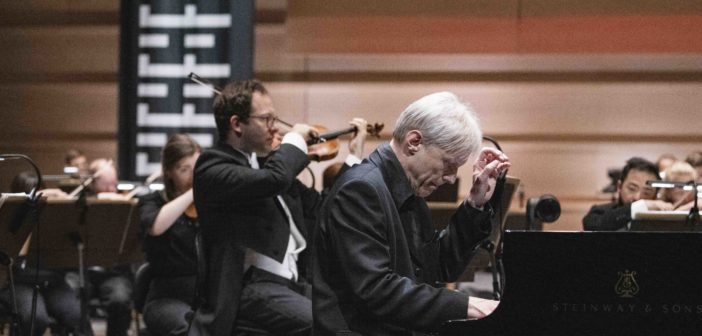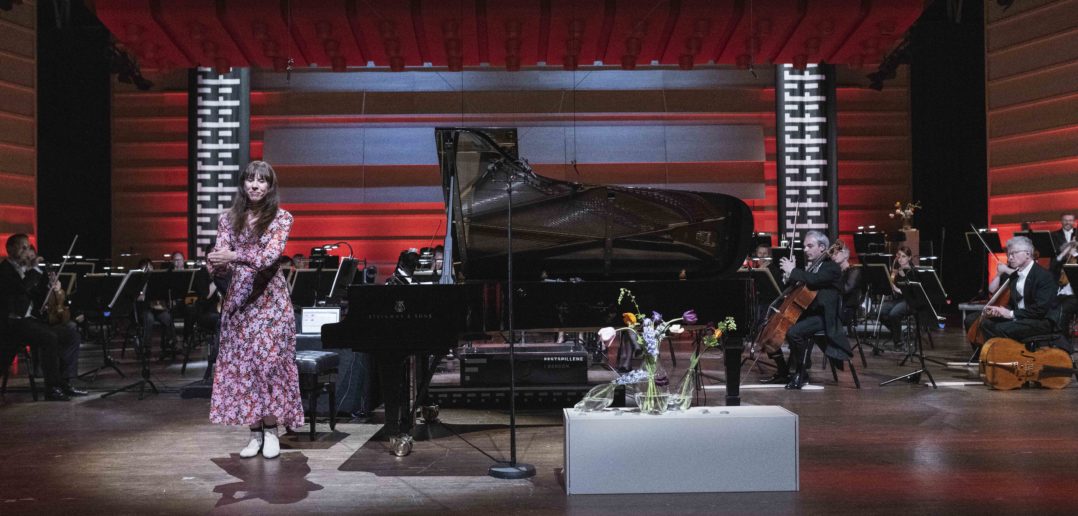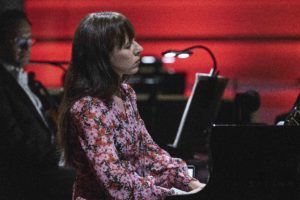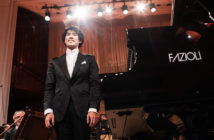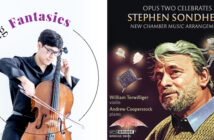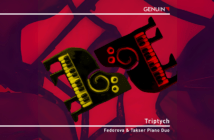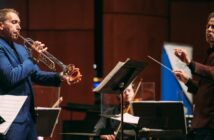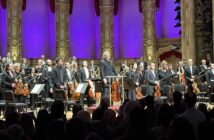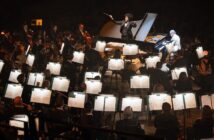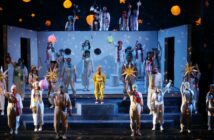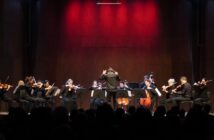This page is also available in / Cette page est également disponible en:
![]() Francais (French)
Francais (French)
Before and after. Who now does not think in these terms? Many music lovers, for obvious reasons, feel nostalgia for the former and disdain for the latter.
Yet there I was, sitting at my dining room table and experiencing, in real time, a concert from the Bergen International Festival. The technology to make such minor miracles happen existed long before the onset of the pandemic but clearly the shutdown last year of public events gave a tremendous impetus to the use of the Internet (and in my case, a seven-year-old laptop) as a means of disseminating and receiving the lively arts.
The two-week Bergen bash, which has been giving people a reason to visit Norway’s second city since 1953, has committed itself this year to reversing the dynamic. Most of the performances, covering dance, drama, film and folklore as well as music, are offered as livestreams and then as archived webcasts starting two days later. The June 3 concert by the Bergen Philharmonic under the American conductor James Gaffigan is available until June 23.
The question for fans abroad is whether such events are compelling enough to merit an expenditure of 250 Norwegian Kroner (about CDN$36) for a standard adult ticket to an intermission-free performance of less than an hour when there are obviously many free concerts to see and hear on YouTube. The answer in this case might depend on the value a listener attaches to hearing the Grieg Piano Concerto from Grieg Hall in the city of Grieg’s birth as played by a Norwegian soloist and orchestra.
This evergreen score has been heard in every Bergen International Festival except the editions of 1955 and 2011. Included in the pantheon of soloists are Sviatoslav Richter (in 1968) and András Schiff (1982). A Canadian, Jon Kimura Parker, joined the roster in 1991. Leif Ove Andsnes has done it three times, in 1988, 1993 and 2002.
This year, his compatriot Håvard Gimse addressed it for the second time, having logged his first festival performance in 1996. The opening cascades were brilliant and the feeling for rubato was unerringly natural. Treble birdsong in the Adagio seemed piped in from the forest and the dance rhythms of the finale had splendid vigour.
The orchestra under Gaffigan did its bit. These cellos knew how to tug on the più tranquillo second theme. Solos had heart, even if breath breaks by the flute were more apparent than they are in Montreal (where we have been spoiled for many years).
There was rhythmic clapping, which Gimse (whose rumpled suit looked a bit like a Boris Johnson hand-me-down) rewarded with a sparsely beautiful miniature by the Norwegian post-romantic David Monrad Johansen (1888-1974). Its title, as provided by festival sources: Sålest hua gætl-guten i Lom ette’ gåmålt. (Google Translate is not much help in this case.)
This was not the only unusual item on the program, nor was Gimse the only pianist. Festival composer-in-residence Missy Mazzoli opened the concert with the premiere of The night ahead and no real fate, a five-minute piece for piano and resonant electronics (instead of orchestra). There was much exploration of the extremes of the keyboard. The music managed – just – to stay on the classical side of the New Age divide.
Next came Barber’s Adagio in the familiar arrangement for string orchestra. A note in the “chat” column pointed out that this piece could “almost be considered the national mourning music of the United States.” With Gaffigan offering a firm, forward-looking beat and the Bergen players digging in ardently, the beauties of the great work were apparent. Maybe it should be heard more often as pure music rather than an occasion piece.
The Bergen International Festival continues through June 9. Go to https://fib.no/
This page is also available in / Cette page est également disponible en:
![]() Francais (French)
Francais (French)

